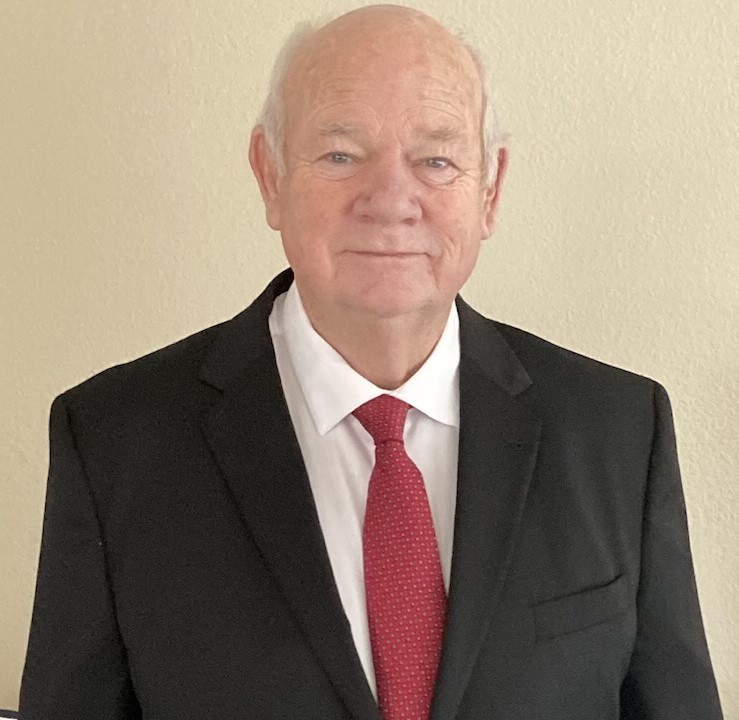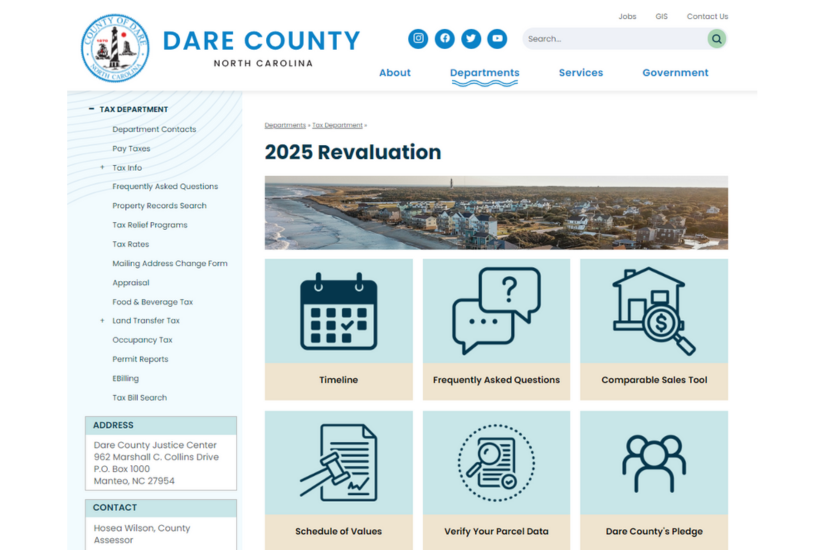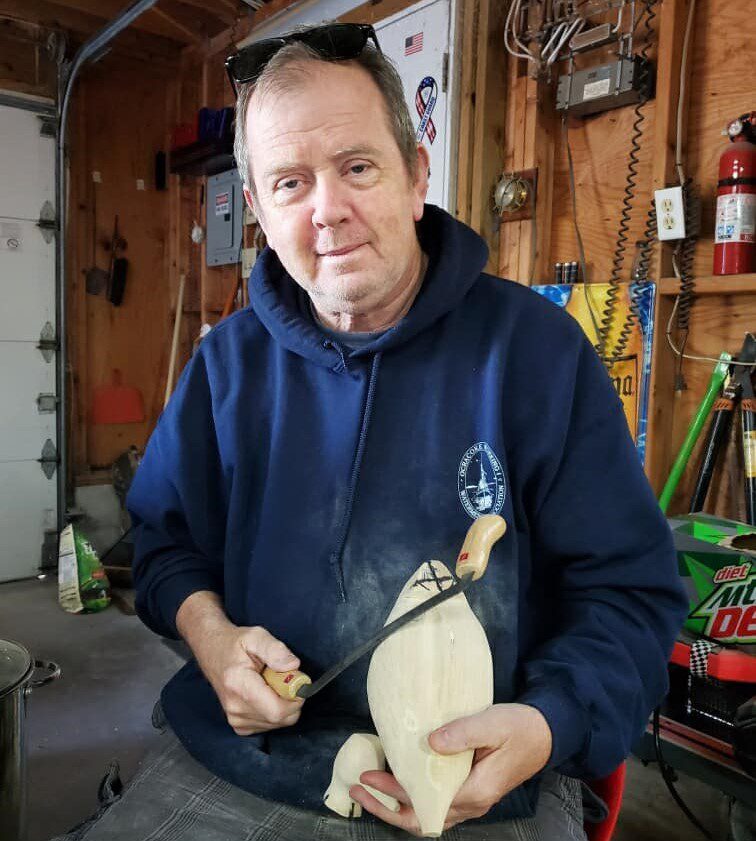Volunteers fan out on Hatteras and Ocracoke to rescue cold-stunned sea turtles
For most folks, the subject of sea turtles conjures images of nest excavations on the beach and enormous, old turtles gliding along the Gulf Stream, but for many on Hatteras and Ocracoke islands, it also evokes visions of cold-stunned sea turtles stranded along the coast in the winter.
Each year, National Park Service rangers and local volunteers patrol the coastline daily in search of stranded sea turtles, and on Thursday, Dec. 5, 15 islanders attended a training session at the Cape Hatteras Secondary School to learn how to locate and rescue the stranded endangered and threatened animals during the winter.
The training session was led by Frank Welles and facilitated by the Network for Endangered Sea Turtles (NEST), the organization centered in Nags Head that supports the volunteer program.
The majority of those who attended the meeting were veterans of the volunteer program, but about six new faces were present. Though some newcomers were recruited by friends or current volunteers, one couple’s interest was piqued after stumbling upon a stranding near their home in Frisco.
Throughout the training session, the experienced volunteers provided tips and shared stories about their work with cold-stunned sea turtles.
Richard Marlin of Frisco mentioned his first encounter with a stranding that appeared to be dead. Marlin was surprised to hear the sea turtle gasp after touching the turtle’s eyeball – a method used to determine whether it is alive or dead. The reaction was normal.
Welles also contributed his favorite story about a windsurfer that had rescued a sickly loggerhead sea turtle in the summer.
“When the loggerhead got up to rehab,” Welles said with a smile, “it pooped Legos for three days.”
Lou Browning of Hatteras Island Wildlife Rehabilitation in Frisco explained to the group that sea turtles will eat nearly anything and that over half of the turtles that go to rehab have ingested plastic.
The veteran volunteers also helped coordinate volunteer efforts by suggesting places along the seashore to monitor. They identified areas that are especially active – where stranded turtles are often found – and detailed the routes they currently patrol. In the future, a website will be used by volunteers to inform others of their daily patrol locations and frequency.
NEST assists and encourages local volunteers because Cape Hatteras National Seashore is essentially a hot spot for cold-stunned sea turtles.
Many sea turtles break from their long seasonal migrations to feed and forage in the Pamlico Sound, but they become trapped if the water temperature falls below 50 degrees during this time.
“The low 40s is when you see a lot,” explained Welles. “And when it drops below 50, it’s usually blowing.”
As cold-blooded reptiles, sea turtles derive heat from their surroundings and when they become too cold, their metabolism slows, prohibiting them from moving and ultimately from migrating to warmer water. This also makes it challenging to determine whether the cold-stunned turtles are alive or dead.
The volunteers primarily search for strandings along the soundside, covering private property in the villages and those not patrolled by the National Park Service. Several volunteers, Welles included, even kayak to stretches of the seashore that are not easily reached on foot.
Once a sea turtle is found, volunteers determine the type of turtle and its condition and whether it is dead, alive, or injured. Of the five species that inhabit the area, only loggerhead, green, and Kemps Ridley turtles are commonly found. Volunteers also measure the stranding and provide its location before transporting it.
The live turtles are then taken to Manteo to undergo rehabilitation to aid in their recovery.
The detailed information provided during the training session will undoubtedly be put to good use. Last year, 74 strandings were found throughout Hatteras Island and 20 have already been rescued and transported to rehab this year.
“The best day ever was the day I had seven turtles in the kayak,” said Welles.
Considering that a sea turtle’s chance at survival is slim from day one, each rescued stranding is a victory for its species. And it seems to be rewarding work for those volunteering their time.
If Outer Banks residents or visitors observe a sea turtle (dead or alive), please report it. Please call the Hatteras hotline at 252-564-9530.
And it’s not too late to join the volunteers.













